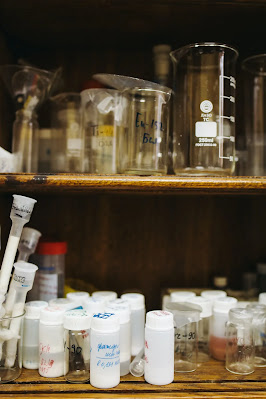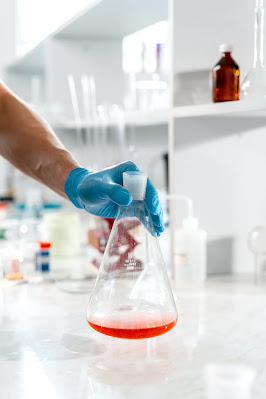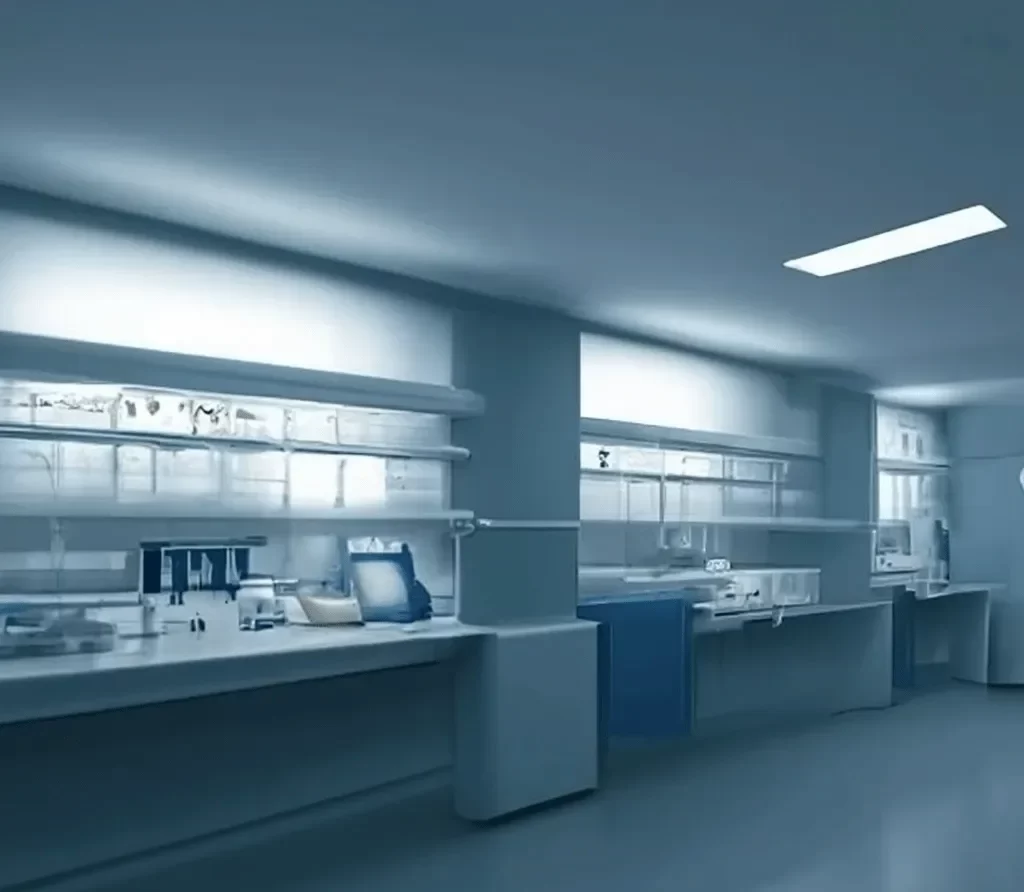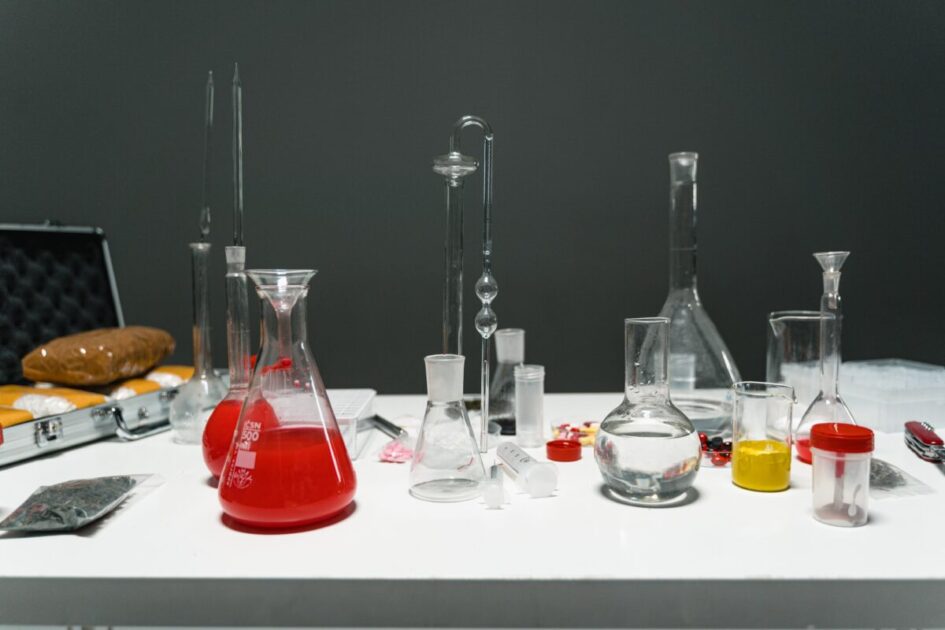Chemical laboratories are hubs of scientific discovery, but they also come with inherent risks. Following proper safety protocols is key to prevent accidents, injuries, and even fatalities. This post outlines ten crucial safety practices for working in a chemical laboratory:

1. Understand the Hazards of Chemicals
Before handling any chemical, grasp its potential hazards. Chemicals can be flammable (e.g., acetone), corrosive (e.g., sulfuric acid), toxic (e.g., cyanide), or explosive (e.g., nitroglycerin). Each can cause serious harm, such as burns, respiratory problems, eye damage, or skin irritation. Always consult the Safety Data Sheet (SDS) for the specific chemical you’re using. This document details its properties, hazards, & safe handling procedures.

2. Wear Appropriate Personal Protective Equipment (PPE)
PPE acts as a barrier between you & hazardous chemicals. Common PPE includes gloves, safety goggles or a face shield, lab coats, and respirators. The specific type of PPE required depends on the chemicals & procedures involved. Ensure proper fit and good condition of your PPE or gear before each use.

3. Follow Good Laboratory Practices (GLP)
GLP is a set of guidelines that promote a safe and efficient lab environment. It emphasizes or strongly focusing proper hygiene, safe chemical handling, meticulous record-keeping, & appropriate waste disposal. Following GLP helps prevent accidents & ensures experiments are conducted accurately & safely in a lab.

4. Store Chemicals Safely
Proper chemical storage is crucial to prevent accidents and spills. Store chemicals in designated areas, away from heat, sunlight, & ignition sources. Keep them in their original, tightly sealed containers. Avoid storing incompatible chemicals together, & always refer to the SDS for specific storage requirements regarding chemicals.

5. Label Chemical Containers Clearly
Clear labelling is vital or mandatory for preventing accidents & ensuring proper chemical use. Label containers with the chemical name, concentration, date received, & any associated hazards. Consider using color-coding or pictograms for quick & easy identification.

6. Handle Chemicals Carefully
Careful handling minimizes spills, splashes, and other mishaps. Whenever possible, use appropriate tools & equipment like pipettes & funnels to handle chemicals, avoiding hand contact. Pour or transfer chemicals slowly & deliberately to prevent spills. Utilize fume hoods when working with volatile chemicals to protect yourself from harmful fumes while handling chemicals in a lab.

7. Use Proper Ventilation
Maintaining good ventilation is essential for a safe lab environment. Fume hoods and ventilation systems remove hazardous fumes & gases from the lab. Ensure all ventilation systems are functional & undergo regular inspections & maintenance.

8. Be Prepared for Emergencies
Despite safety precautions, accidents can still occur. Be aware of the location of safety equipment, such as fire extinguishers & eyewash stations. Develop an emergency response plan that outlines evacuation procedures, first-aid protocols, & contact information for emergency personnel. Regularly rehearse this plan with your lab colleagues.

9. Report Any Incidents Immediately
Report any accidents or incidents, no matter how minor (e.g., spills, cuts), to your supervisor or safety officer immediately. Prompt reporting allows for proper intervention & prevents escalation of minor incidents. This information also helps identify potential hazards & improve safety protocols to prevent future accidents in a lab.

10. Laboratory Safety Training
Laboratory safety training is mandatory for all personnel working in a chemical laboratory. This training equips individuals with the necessary knowledge & skills to handle chemicals safely, use equipment properly, & respond effectively to emergencies.

Conclusion
Working in a chemical laboratory can be a rewarding experience, but safety must always be the top priority. By following these vital safety practices, you can create a safe & productive lab environment for yourself & your colleagues.

FAQs

Q: What is GLP?
A: GLP stands for Good Laboratory Practices, which is a set of guidelines for maintaining a safe & efficient laboratory environment.
-min.webp)
Q: What should I do if I spill a chemical?
A: If you spill a chemical, immediately alert others in the laboratory, and follow the spill cleanup procedures outlined in the SDS for that chemical.
-min.webp)
Q: What PPE should I wear in a chemical laboratory?
A: The PPE you should wear in a chemical laboratory will depend on the chemicals you’re working with and the procedures you’re performing. Always wear gloves, goggles, lab coats, & respirators when handling chemicals.
.webp)
Q: Why is it important to label chemical containers?
A: Clear labelling of chemical containers is essential for preventing accidents and ensuring that chemicals are used correctly. Labels help identify chemicals quickly & easily and provide information on their hazards.
.webp)
Q: Who should I contact in case of an emergency?
A: In case of an emergency, you should contact your supervisor or safety officer immediately.
.webp)

5 thoughts on “Life-Saving Practices for Chemical Laboratory Safety”